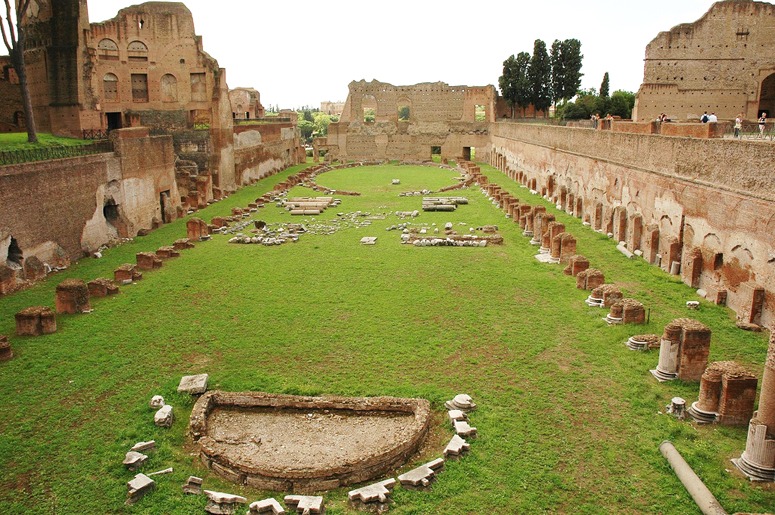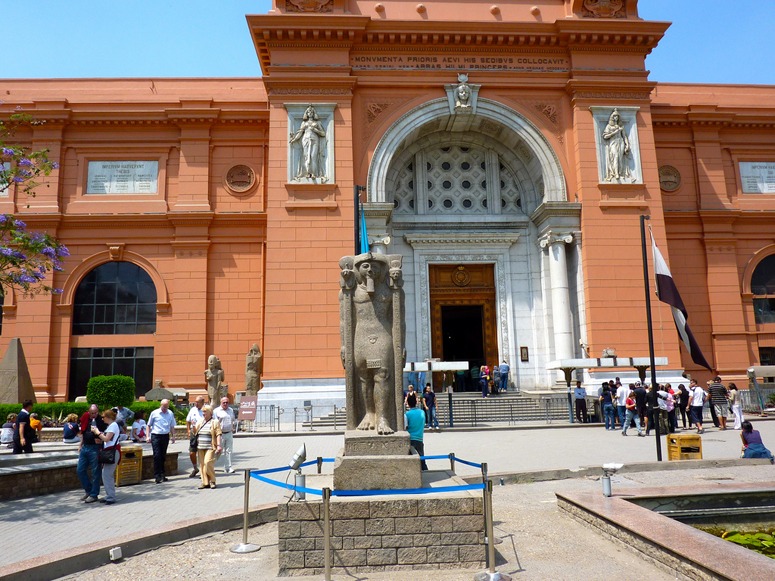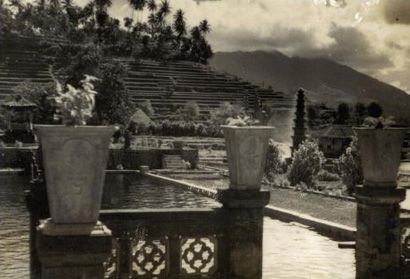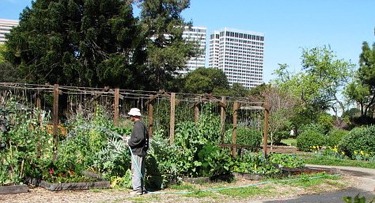‘The Golden Age of American Gardens’ begins “In the 1880s America’s millionaires were looking for new ways to display their new wealth, and the acquisition of a grand house with an equally grand garden became their passion.”
It is said that the style of architecture and gardens, evidenced in Lila Vanderbilt Webb’s 1886 model agricultural farm Shelburne Farm (among others) “was a mix of eclecticism and the latest advances in artistic and cultural developments as promoted in popular English style books and periodicals of the time.” The tubbed bay trees on the terraces overlooking Lake Champlain, as a consequence, were said to have been climatically challenged!
The Golden Age ended with the Jazz Age in which a distinctly American sensibility in gardens and lifestyle emerged. European influences still dominated design ideas, but new approaches were gradually emerging as is shown in the Chartes Cathedral Window Garden (photograph by Saxon Holt shown above), one of three walled gardens on the estate.
Filoli, the home of shipping heiress Lurline Roth, whose daughter debuted to jazz strains in 1939 at the property, maintains a strong jazz tradition.
Perhaps she danced to the classic‘I wish I could shimmy like my sister Kate’, said to be a charleston/belly dance fusion, and which inspired The Beatles to release a song of the same name in 1962?






